Last updated on
Discover the top wood options for crafting stunning and durable kitchen cabinets that cater to your style and functional needs in this comprehensive guide.
If you’re planning to renovate your kitchen or build a new one, choosing the right material for your cabinets is crucial. While there are various options available in the market, wood remains the most popular choice among homeowners.
However, not all types of wood are created equal when it comes to durability, aesthetics, and cost-effectiveness. In this article, we’ll discuss some of the best woods for kitchen cabinets and help you make an informed decision that suits your style and budget.
So let’s get started!
What's Inside
Understanding Wood Types

Wood is classified as either hardwood or softwood based on its physical structure and not necessarily its hardness. Hardwoods come from deciduous trees that lose their leaves in winter, while softwoods are derived from evergreen coniferous trees.
Hardwood species such as oak, maple, cherry, birch and walnut are known for their durability and strength. They’re also more expensive than softwoods like pine because they take longer to grow and have a denser grain pattern.
Softwood species like pine are less dense but easier to work with due to their softer texture. Softwoods tend to be less expensive than hardwoods but may require additional maintenance over time due to wear-and-tear.
When selecting a type of wood for your kitchen cabinets consider factors such as durability requirements (will you need them able withstand heavy use?), aesthetic preferences (do you prefer light or dark colors?), budget constraints (how much can you afford?) among others.
Hardwood Vs Softwood

Contrary to what their names suggest, hardwoods are not necessarily harder than softwoods. The terms refer to their botanical classification based on seed structure rather than density or strength.
Hardwoods come from deciduous trees that shed leaves annually, such as oak, maple, cherry, birch and walnut. They tend to be denser and more durable than softwoods due to slower growth rates that result in tighter grain patterns.
Softwoods come from evergreen coniferous trees like pine or spruce with needle-like leaves instead of broad ones. They grow faster compared to hardwoods resulting in a less dense structure with wider gaps between grains.
Oak Wood Cabinets
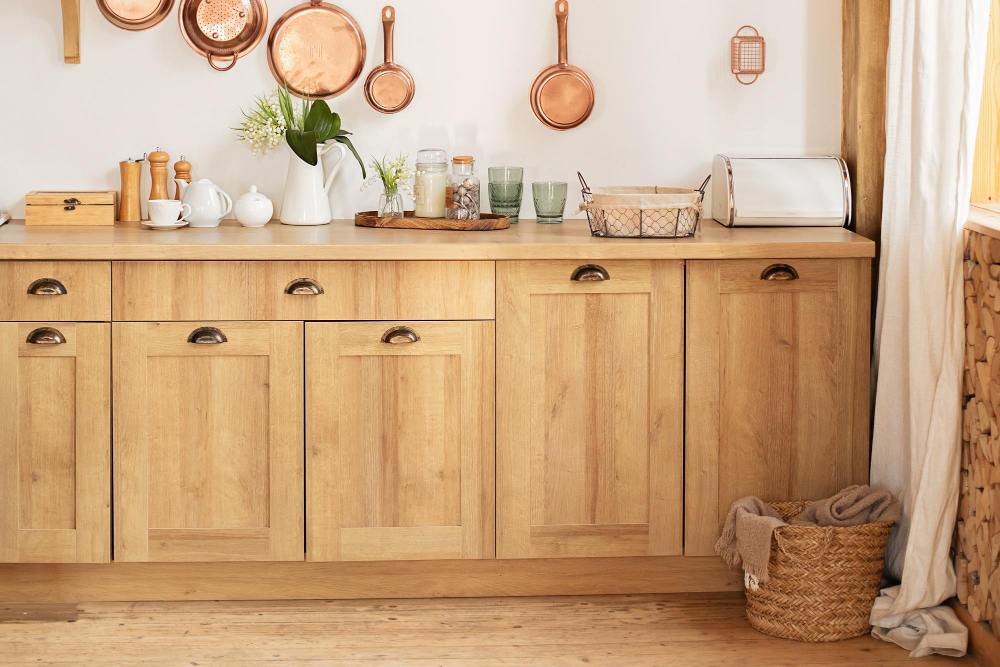
Oak is a hardwood that comes in two main varieties: red oak and white oak. Red oak has a distinct reddish-pink hue with prominent grain patterns that give it an elegant look.
White oak, on the other hand, has a more subtle grain pattern with golden-brown hues that lend it well to contemporary designs.
Both types of oaks are readily available and affordable compared to other hardwoods like cherry or walnut. They also take stains well which makes them versatile when it comes to color options for your cabinets.
One thing you should keep in mind when choosing between red or white oaks is their hardness level; while both are durable woods suitable for cabinetry purposes, red oak tends to be slightly harder than white which means they may resist dents better over time.
Red Oak Wood Cabinets
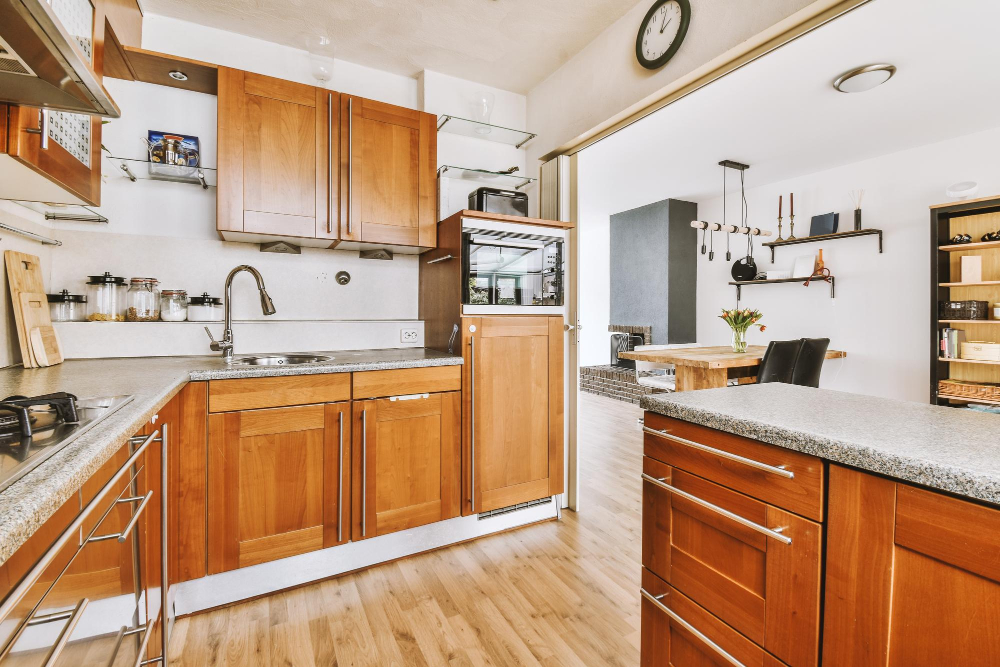
It has a distinct grain pattern that ranges from straight to slightly wavy with prominent rays that give it an attractive appearance when finished. Red oak wood is also readily available in most parts of the United States and can be easily stained or painted to match any decor style.
One of the benefits of red oak wood cabinets is their ability to hide scratches and dents better than other hardwoods like maple or cherry. This makes them ideal for busy kitchens where wear-and-tear are inevitable.
However, one downside of red oak wood cabinets is their susceptibility to water damage if not properly sealed or finished. They may also darken over time due to exposure to sunlight but this can be prevented by using UV-resistant finishes.
White Oak Wood Cabinets
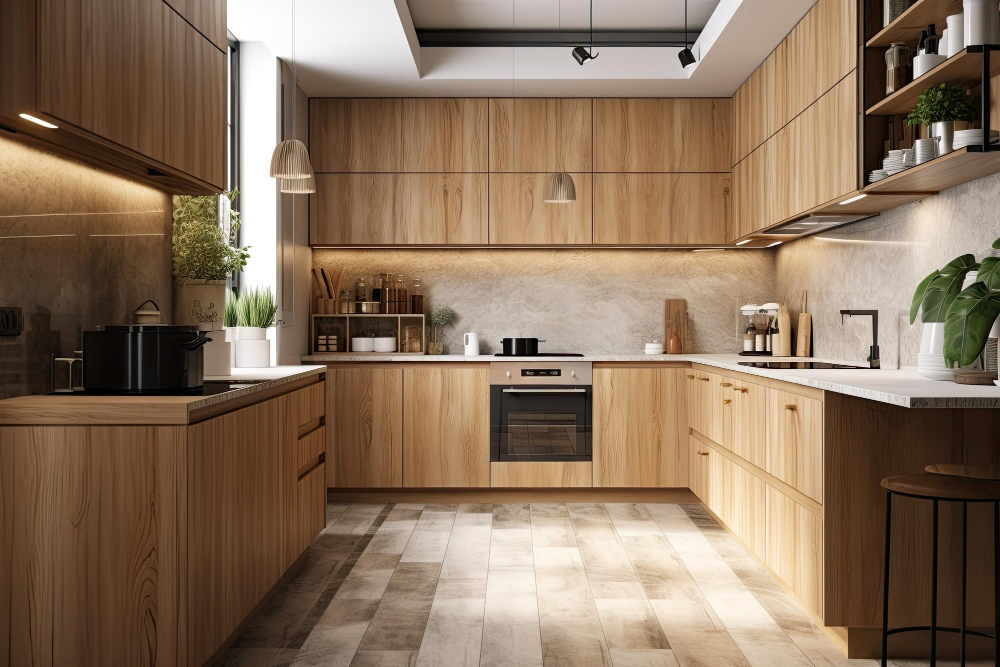
It has a light to medium brown color with gray undertones that give it a unique look. White oak wood is also resistant to moisture and decay, making it ideal for use in the kitchen where humidity levels can be high.
One of the benefits of white oak wood cabinets is their versatility when it comes to finishes. They take stains well and can be finished in various shades from light natural tones to darker hues that mimic other woods like cherry or walnut.
Another advantage of white oak wood cabinets is their ability to complement different design styles ranging from traditional farmhouse kitchens with shaker-style doors or modern minimalist spaces with sleek flat-panel doors.
Maple Wood Cabinets

Hard maple, also known as sugar maple or rock maple, is the most common type of maple used in cabinetry due to its hardness and resistance to wear and tear. It has a fine grain pattern that ranges from straight lines to curly patterns that add depth and character.
One of the advantages of using hard maple for your kitchen cabinets is its ability to take on different finishes beautifully. Whether you prefer a natural look or want something darker or painted, hard maples can be stained easily without blotching.
Another benefit of choosing this wood species for your cabinets is that it’s relatively affordable compared with other hardwoods like cherry or walnut while still providing excellent quality.
However, keep in mind that because it’s a dense hardwood variety; it may be challenging if you plan on installing hardware yourself since drilling holes into this material requires more effort than softer woods like pine.
Hard Maple Wood Cabinets
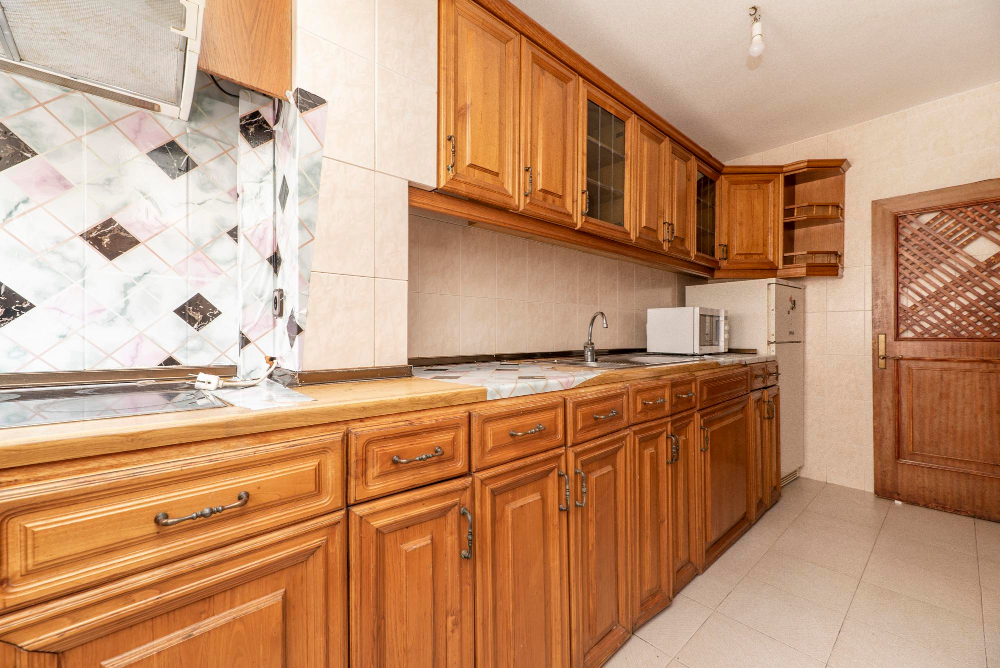
Hard maple is one of the hardest woods available, making it highly resistant to scratches and dents. It has a fine texture with a uniform grain pattern that gives it an elegant look.
Hard maple wood cabinets come in two varieties: sugar or rock. Sugar maples have lighter tones while rock maples have darker hues with more prominent grains.
One of the benefits of using hard maple for your kitchen cabinets is its ability to take stains well, allowing you to customize your cabinet’s color according to your preference. This type of wood can withstand heavy use without showing signs of wear and tear easily.
However, keep in mind that hard maple tends to be pricier than other types due to its durability and quality features.
Cherry Wood Cabinets
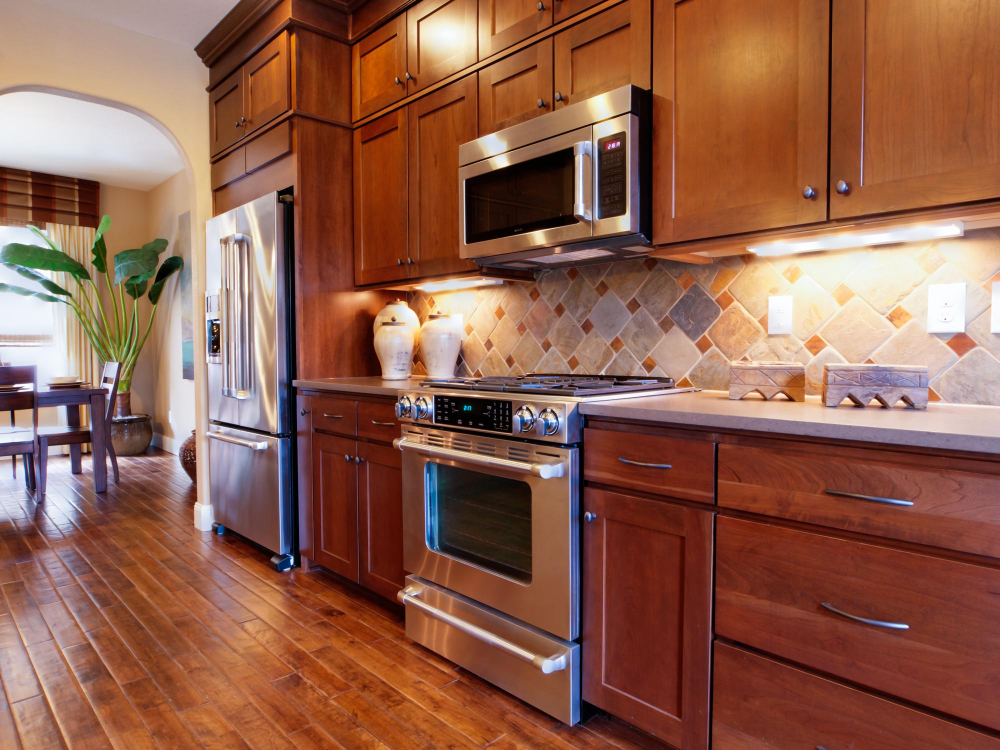
It’s a hardwood that’s known for its durability and resistance to wear and tear. Cherry wood cabinets are available in various finishes, from natural to dark stains, which can complement any kitchen style.
One of the benefits of cherry wood is that it ages gracefully over time, developing a deeper color with exposure to light. However, this also means that there may be some variation in color between different parts of the cabinet if they’re exposed differently.
When choosing cherry wood cabinets for your kitchen remodel or renovation project, consider factors such as your budget and desired aesthetic outcome. Custom-made cherry cabinetry tends to be more expensive than stock options but offers greater flexibility in terms of design choices.
Birch Wood Cabinets
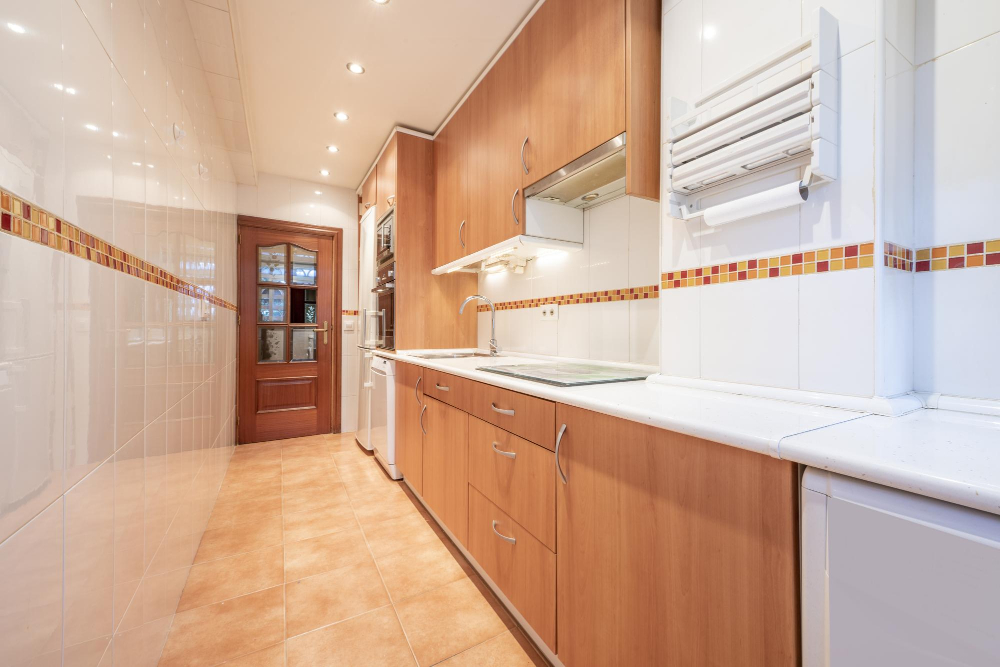
Birch has a light color with a subtle grain pattern that can be stained or painted in various shades to match your kitchen’s decor. It’s also durable and resistant to scratches, making it an ideal choice for high-traffic areas like the kitchen.
One of the main advantages of birch wood cabinets is their cost-effectiveness compared to other hardwoods like oak or maple. Birch is widely available and less expensive than many other woods while still providing excellent quality.
However, birch does have some drawbacks as well. It may not be as hard as some other hardwoods, which means it could dent more easily if subjected to heavy use or impact from sharp objects.
Walnut Wood Cabinets
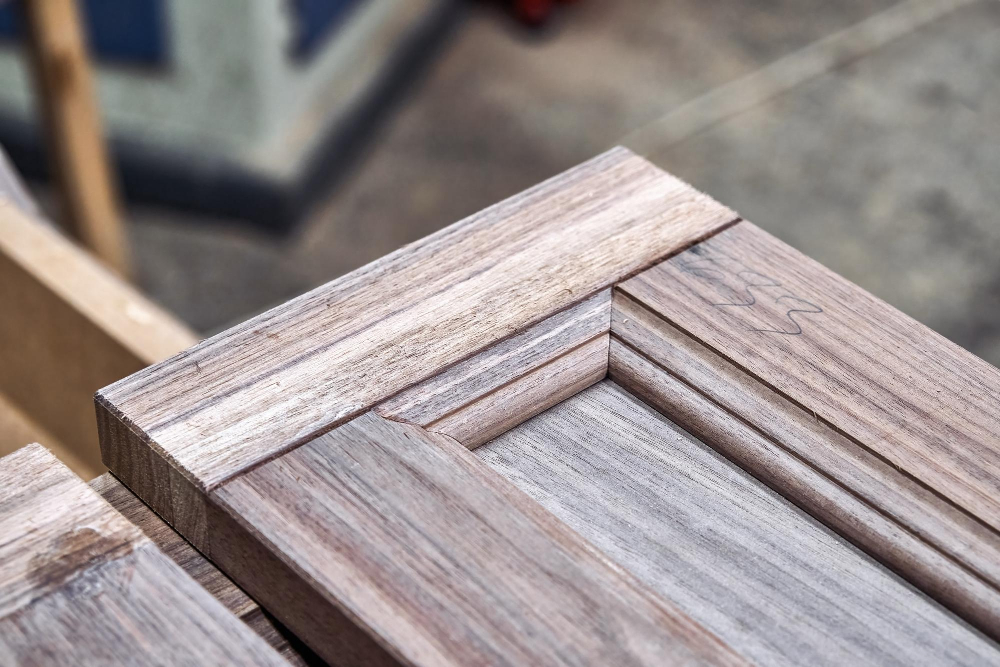
It’s a hardwood that’s known for its durability, strength, and resistance to wear-and-tear. Walnut wood has an open grain pattern with dark streaks running through it, which gives it a unique character that sets it apart from other woods.
One of the benefits of walnut wood cabinets is their versatility in terms of design options. They can be stained or painted in various colors depending on your preference or existing decor style.
If you’re looking for natural beauty without altering the color too much, clear finishes like lacquer or oil-based varnish will enhance the natural hues while protecting them from scratches and moisture damage.
Another advantage of walnut wood cabinets is their longevity compared to softer woods like pine or birchwood. With proper care and maintenance such as regular cleaning with mild soap solutions followed by drying off excess water immediately after use can help prolong their lifespan significantly.
However, one thing worth noting about walnut cabinetry is they tend towards being more expensive than some other types due to limited availability in certain regions.
Hickory Wood Cabinets
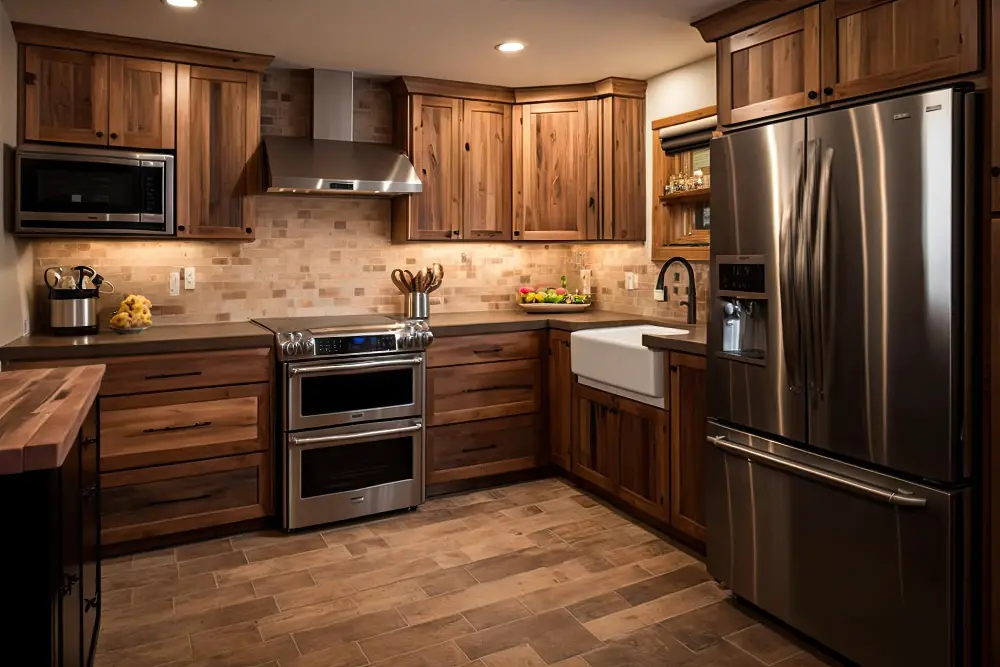
It’s a hardwood that has a distinctive rustic look, with variations in color ranging from light blonde to dark brown. Hickory wood is also known for its strength and resistance to wear and tear, making it an excellent option for high-traffic areas like the kitchen.
One of the benefits of hickory wood cabinets is their ability to blend well with different design styles. They can complement both traditional and modern kitchens depending on how they are finished or stained.
For instance, if you’re looking for a more contemporary feel, you can opt for lighter stains that highlight the natural beauty of hickory’s grain patterns.
However, it’s worth noting that hickory may not be suitable if you prefer uniformity in your cabinetry as each piece will have distinct markings due to knots or mineral streaks present in the wood.
Pine Wood Cabinets

Pine has a distinct grain pattern that adds character and warmth to any space. It’s also relatively affordable compared to other hardwoods, making it an excellent option for those on a budget.
However, pine is considered a softwood and can be prone to dents and scratches over time. To combat this issue, many manufacturers offer pine cabinets with distressed finishes that hide imperfections while adding charm.
When choosing pine cabinets for your kitchen remodel or renovation project, consider the overall style of your home as well as the level of durability you require from your cabinetry. If you’re looking for something more durable than traditional pine wood but still want its unique aesthetic appeal, consider engineered options like MDF (medium-density fiberboard) with veneer overlays made from real wood.
Bamboo for Kitchen Cabinets
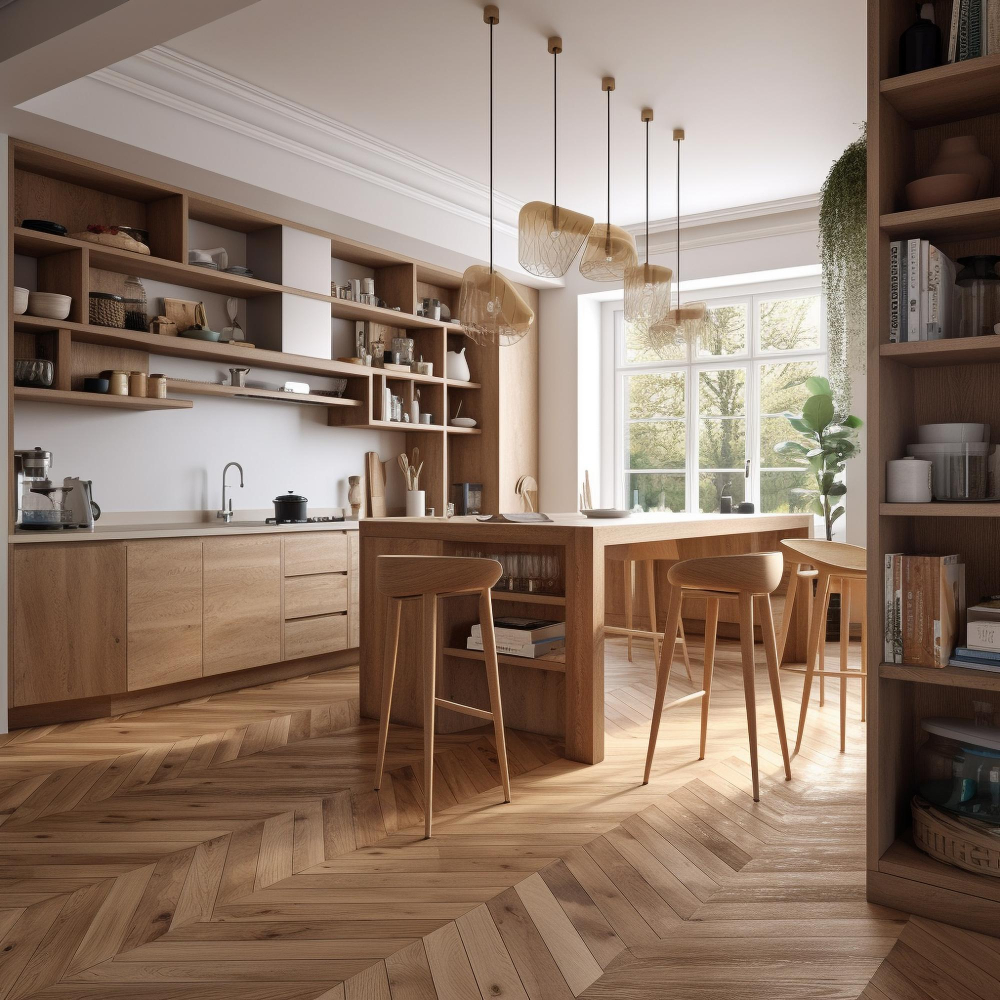
It’s an eco-friendly option that grows quickly and doesn’t require replanting after harvesting. Bamboo has a unique grain pattern that adds character to any kitchen design, and it’s available in various colors ranging from light blonde to dark amber.
One of the benefits of bamboo cabinets is their durability. They’re resistant to scratches, dents, and moisture damage, making them ideal for high-traffic kitchens or homes with children or pets.
Another advantage of bamboo cabinets is their affordability compared to hardwood options like oak or cherry wood. While they may not be as cheap as MDF or particleboard alternatives, they offer better quality at a reasonable price point.
When choosing bamboo for your kitchen cabinets, look for products made from solid bamboo rather than engineered versions that use adhesives and resins in the manufacturing process. Solid bamboo offers better strength and longevity while minimizing exposure to harmful chemicals.
MDF and Plywood Cabinets
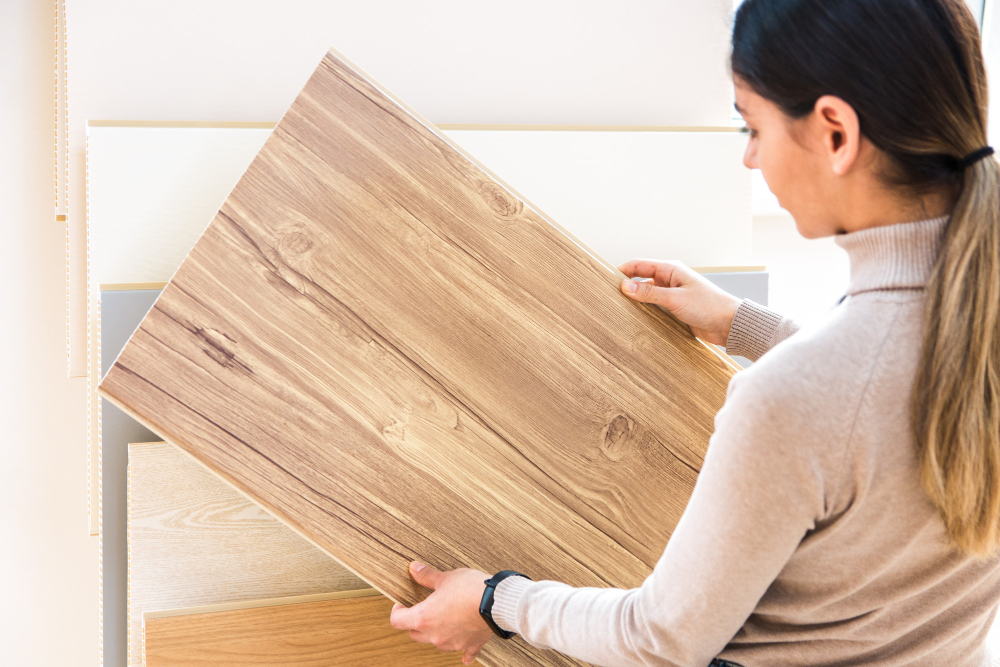
MDF is made from compressed wood fibers, while plywood consists of thin layers of wood veneer glued together. Both materials offer several advantages over traditional hardwoods, such as affordability, consistency in grain pattern and color, and resistance to warping or cracking.
MDF cabinets have a smooth surface that’s ideal for painting or laminating with a decorative finish. They’re also easy to clean and maintain since they don’t require sealing like natural woods do.
However, MDF is not as strong as solid wood and can be prone to chipping or denting if subjected to heavy impact.
Plywood cabinets are more durable than MDF but still less expensive than most hardwoods. They come in various grades based on the quality of the veneers used in their construction – higher-grade plywoods have fewer knots or defects visible on their surfaces.
Alternative Wood Options

These woods may not be as commonly used but offer unique characteristics and benefits that make them worth considering.
One such option is Ash Wood, which has a similar grain pattern to oak but with lighter hues. It’s a durable hardwood that resists scratches and dents well, making it ideal for high-traffic areas like kitchens.
Mahogany Wood is another excellent choice if you’re looking for rich colors and an elegant finish. It’s known for its durability and resistance to decay, making it perfect in humid environments like kitchens.
Beech Wood is also gaining popularity among homeowners due to its affordability compared to other hardwoods while still offering good strength properties. Its light color makes it easy to stain or paint according to your preference.
Ash Wood Cabinets
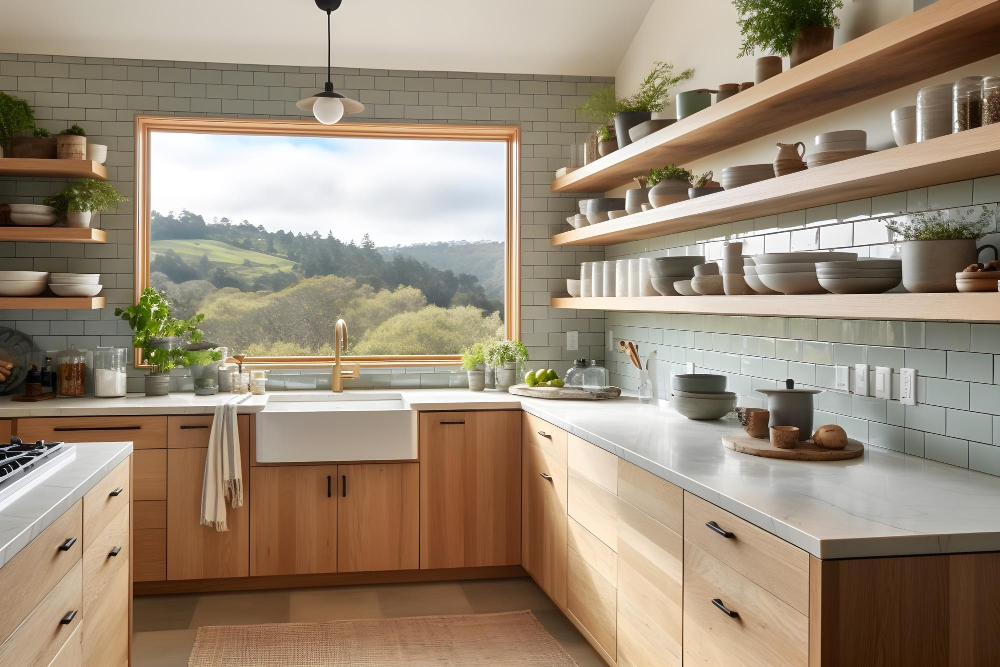
It has a light color with subtle grain patterns that can be enhanced with stains or finishes to match your desired aesthetic. Ash wood is also relatively affordable compared to other hardwoods like cherry or walnut.
One of the unique features of ash wood is its ability to absorb shock without splintering, making it an excellent choice for busy kitchens where accidental bumps and knocks are common. However, it’s worth noting that ash wood can be prone to yellowing over time when exposed to sunlight.
If you’re considering using ash wood in your kitchen cabinets, make sure you choose a reputable supplier who sources their materials sustainably and ethically. Consider working with a professional cabinet maker who can help you design custom cabinetry tailored specifically to your space and needs.
Mahogany Wood Cabinets
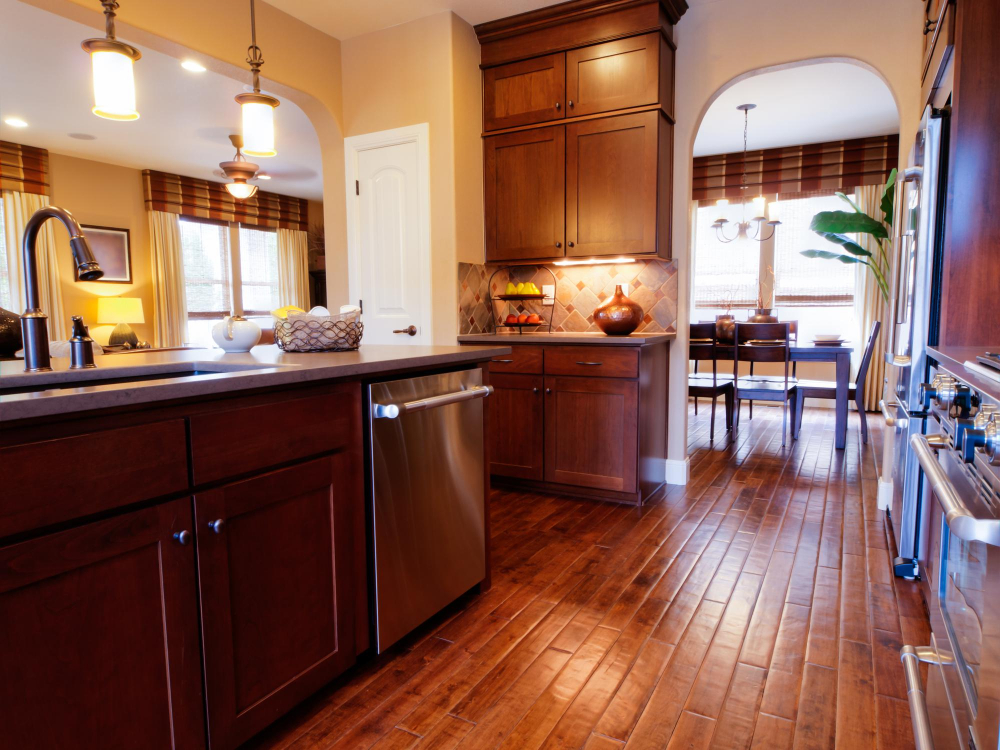
Mahogany is a hardwood that’s known for its rich reddish-brown color and distinctive grain pattern. It’s also one of the most durable woods available, making it ideal for high-traffic areas like kitchens.
One of the unique features of mahogany wood is its ability to darken over time with exposure to light. This natural process gives your cabinets an even richer hue as they age, adding character and depth to your kitchen design.
While mahogany can be more expensive than other types of wood, it offers exceptional value in terms of durability and aesthetics. Its hardness makes it resistant to scratches and dents while providing excellent stability against warping or splitting.
Beech Wood Cabinets
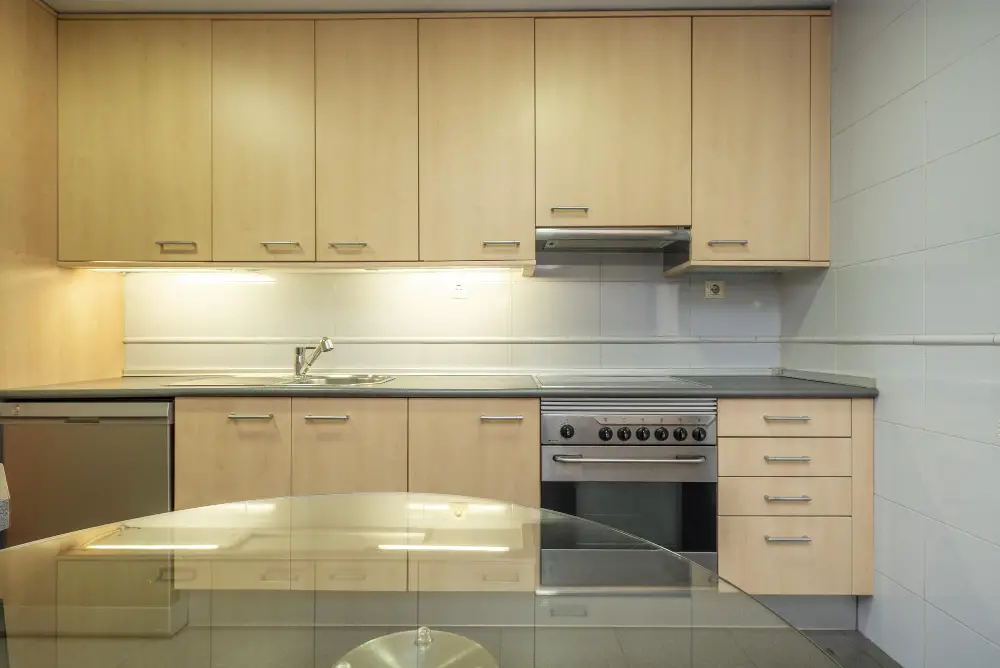
It has a light color with subtle reddish-brown hues that add warmth to any kitchen design. Beech wood is also relatively affordable compared to other hardwoods like oak or maple.
One of the benefits of using beech wood for your cabinets is its hardness and resistance to wear and tear. It can withstand heavy use without showing signs of damage or scratches, making it an ideal choice if you have an active household.
Another advantage of beech wood cabinets is their ability to take on different finishes well, from natural stains that highlight the grain pattern to painted surfaces in various colors. This flexibility allows you more freedom in designing your dream kitchen while still maintaining a cohesive look throughout.
However, one thing worth noting about beechwood cabinetry is that it tends not to age as gracefully as some other woods over time due mainly because it’s prone to yellowing when exposed directly under sunlight or artificial lighting sources with high UV content.
Wood Cabinet Finishes
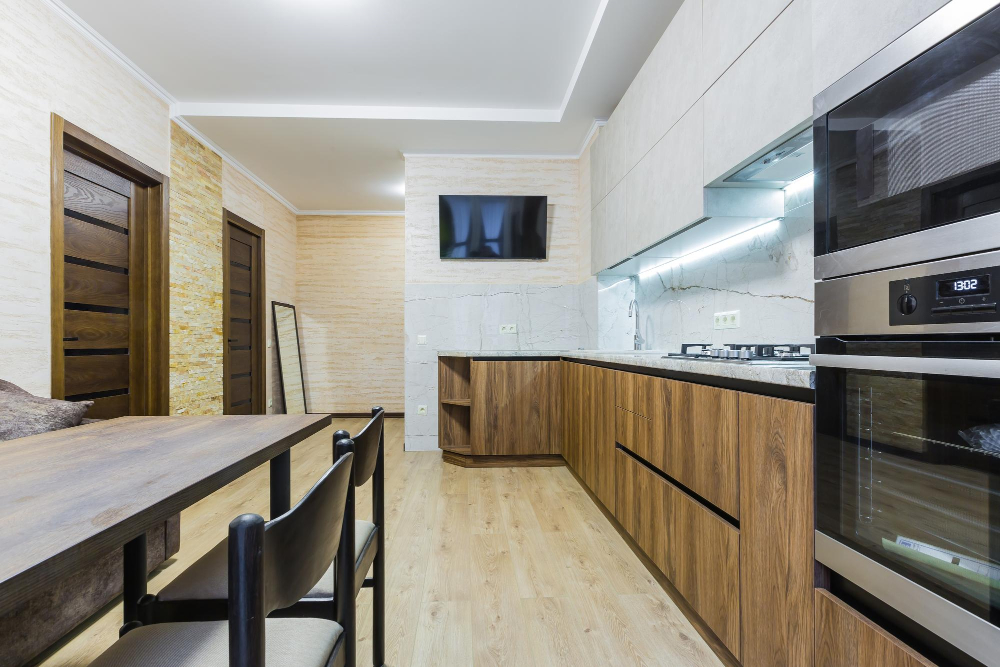
The finish can make a significant difference in how your cabinets look and feel, as well as their durability and maintenance requirements.
Stained finishes are popular because they enhance the natural beauty of wood while adding color depth. Stains come in various shades from light to dark, allowing you to customize your cabinet’s appearance according to your preference.
Painted finishes offer more flexibility when it comes to color options since they’re not limited by natural wood tones. They also provide better protection against moisture damage than stained finishes but may require more upkeep over time.
Lacquered or varnished finishes create a glossy surface that is highly resistant to scratches and stains but requires professional application due to its toxicity levels during installation.
Stained, Painted, and Lacquered Cabinets
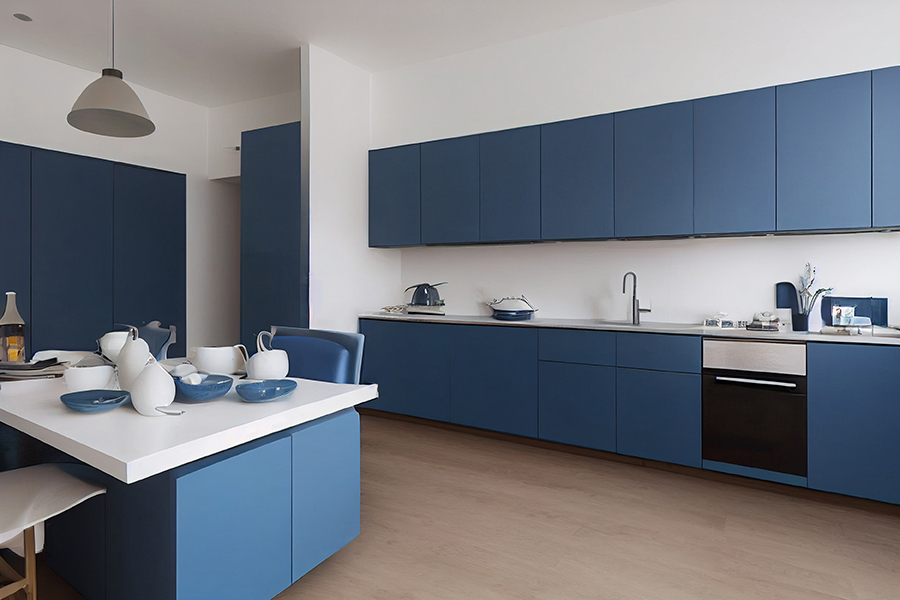
Staining, painting, and lacquering are some of the most popular options for wood cabinet finishes.
Stained cabinets showcase the natural beauty of wood grain while adding color depth to it. They come in various shades ranging from light to dark tones that complement different kitchen styles.
Painted cabinets offer more versatility as they can be customized with any color or pattern you desire, making them ideal for modern or eclectic kitchens.
Lacquered cabinets provide a glossy finish that adds shine and protection against moisture damage. This type of finish is perfect for high-traffic areas like the kitchen where spills are common.
When choosing between these finishes, consider your personal style preferences as well as practicality factors such as ease-of-cleaning and maintenance requirements.
Custom Vs Stock Cabinets
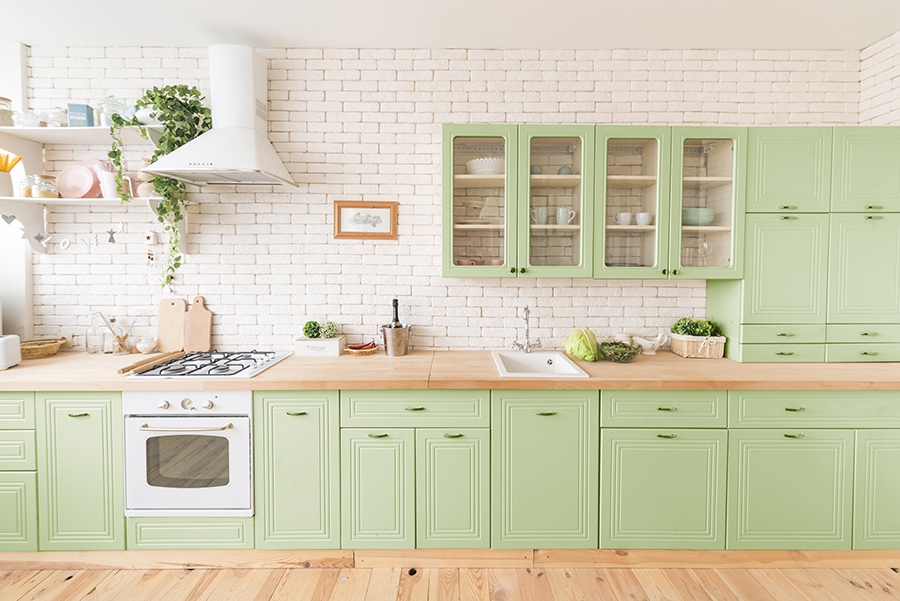
Stock cabinets are pre-made and come in standard sizes, while custom cabinets are built to your exact specifications. While stock cabinets may be more affordable and readily available, they may not fit your unique kitchen layout or design preferences.
On the other hand, custom cabinetry allows for greater flexibility in terms of size, style, finish options and storage solutions. You can choose from a wide range of wood types and finishes that match your home’s decor perfectly.
Custom cabinetry is also ideal if you have an irregularly shaped space or want specific features such as pull-out drawers for pots and pans or a built-in wine rack. However keep in mind that customization often means higher costs than ready-to-assemble (RTA) alternatives.
Budget Considerations

Some woods are more expensive than others due to their rarity or high demand, while some are cheaper because they’re more readily available. Custom-made cabinets tend to be pricier than stock ones since they require specialized craftsmanship and materials.
If you’re working with a tight budget but still want quality wood cabinets that will last for years, consider going for less expensive options like pine or birch. These woods may not have the same durability as hardwoods like oak or cherry but can still provide an attractive finish at a lower price point.
Another way to save money is by choosing pre-finished cabinet doors instead of unfinished ones that need staining and painting after installation. This option eliminates labor costs associated with finishing work and ensures consistency in color across all your cabinet doors.
Ultimately, your budget should guide your decision when selecting wood types for kitchen cabinetry.
Choosing Wood for Durability and Style
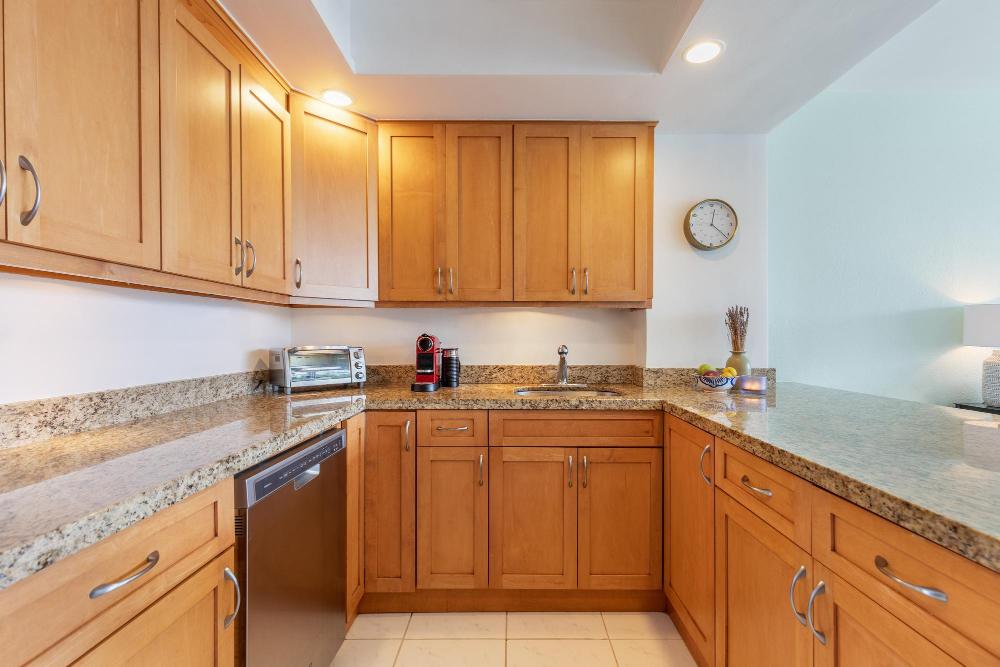
While some woods may look stunning, they may not be durable enough to withstand daily wear and tear in a busy kitchen. On the other hand, some woods may be incredibly sturdy but lack aesthetic appeal.
To strike a balance between durability and style, you need to evaluate different types of wood based on their hardness rating (Janka scale), grain pattern, responsiveness to stains and finishes as well as color options.
For instance, hardwoods such as oak or maple are known for their exceptional strength and resistance against scratches or dents. They also offer an array of natural colors ranging from light blonde hues (maple) to warm reddish-brown tones (oak).
However, if you prefer darker shades like espresso or black finishes on your cabinets’ surface area – walnut is an excellent option due its rich brown coloration.
The grain pattern can significantly impact the overall appearance of your cabinetry; therefore,you should choose one that complements your design scheme perfectly.For example,cherry has a unique wavy grain pattern which gives it character while birch has subtle straight lines that create uniformity in cabinet doors.
Durability and Hardness
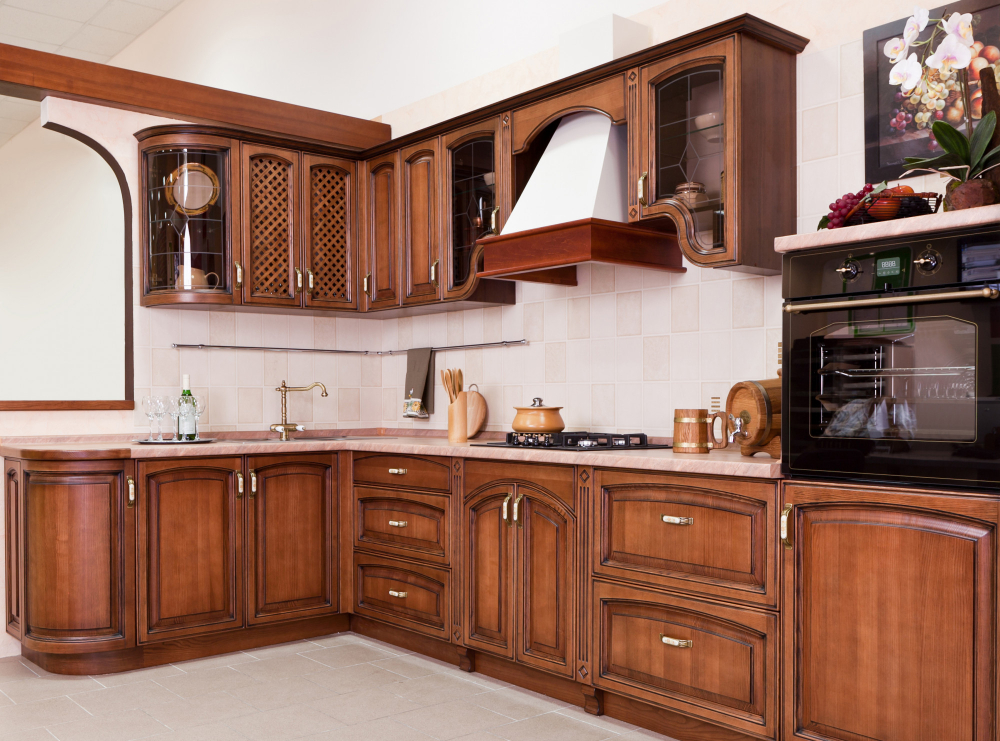
After all, you want your investment to last for years without showing signs of wear and tear. The hardness of the wood plays a crucial role in determining its durability and resistance to scratches, dents, and other damages.
Hardwoods like oak, maple, cherry are known for their high density and strength which makes them ideal choices for kitchen cabinets that can withstand heavy use. Softwoods like pine or spruce may not be as durable but they offer unique grain patterns that add character to your cabinetry.
It’s important to note that the hardness of wood doesn’t necessarily correlate with its quality or beauty. For instance, walnut is softer than oak but has an exquisite dark brown coloration with swirling grains that make it highly sought after by homeowners who value aesthetics over toughness.
Aesthetics and Grain Pattern
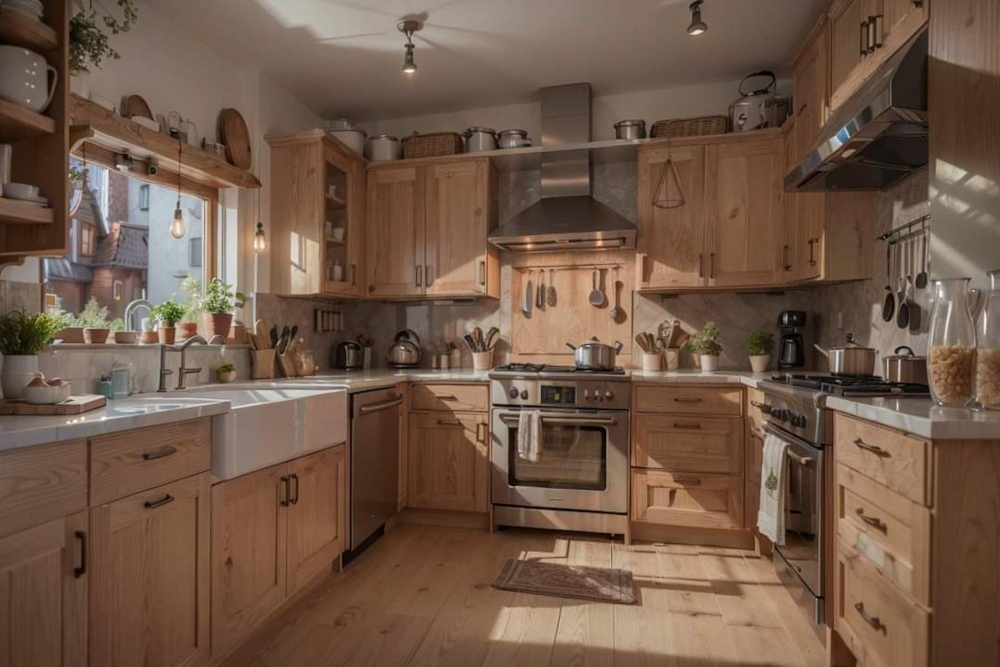
The grain pattern of wood is one factor that can significantly impact the appearance of your cabinets. Each type of wood has its unique grain pattern, which refers to the natural lines and markings on its surface.
For instance, oakwood has a distinct open-grain pattern with prominent rings and knots that add character to any kitchen design. On the other hand, maplewood features a subtle yet uniform grain pattern that gives off an elegant and modern vibe.
Cherrywood boasts rich reddish-brown hues with fine grains that darken over time due to exposure to sunlight or artificial light sources. Birchwood offers creamy white tones with straight grains ideal for contemporary kitchens.
Walnut wood showcases deep chocolate brown colors with swirling patterns perfect for traditional or rustic-style kitchens while hickory’s bold graining adds texture and depth suitable for country-style homes.
Responsiveness to Stains and Finishes
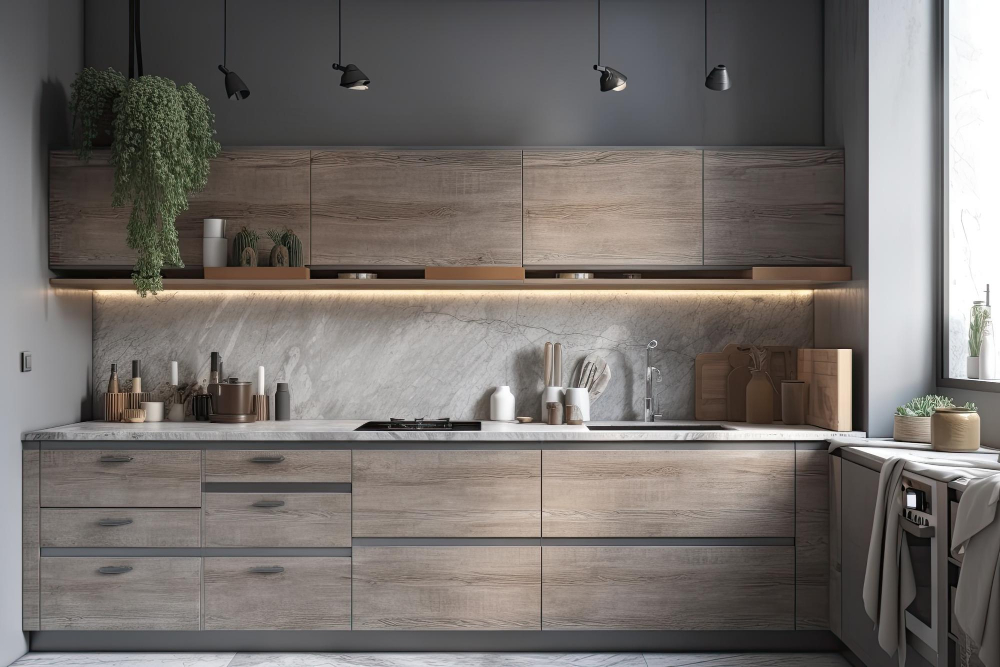
Some woods are more porous than others, which means they absorb stains differently. For instance, oak is a popular choice because of its open grain pattern that allows for deeper penetration of stain and finish.
On the other hand, maple has a tight grain pattern that resists staining but takes paint beautifully.
Another factor to consider is how well the wood accepts different types of finishes such as lacquer or oil-based varnish. Cherrywood has natural oils that make it resistant to water damage and ideal for high-gloss finishes like lacquer or polyurethane.
Ultimately, your choice will depend on personal preference in terms of color and texture as well as practical considerations such as durability against wear-and-tear from daily use in a busy kitchen environment.
Proper Maintenance for Wood Cabinets
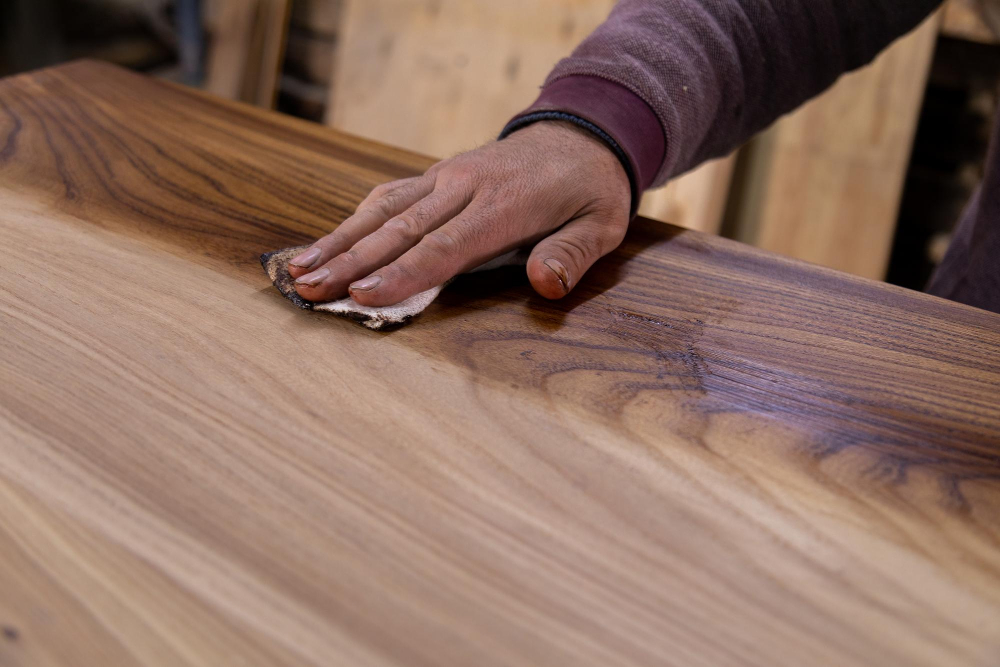
Here are some tips on how to maintain your wood cabinets:
1. Clean regularly: Wipe down the surfaces with a soft cloth or sponge and mild soap solution, followed by a dry cloth.
2. Avoid harsh chemicals: Abrasive cleaners, bleach-based products, ammonia-based solutions can damage the finish of your cabinets.
3. Handle with care: Use coasters under glasses and avoid placing hot pans directly on cabinet surfaces as they can cause discoloration or warping.
4. Keep away from moisture: Excessive humidity levels in kitchens can lead to swelling or cracking of wooden doors and drawers; therefore, it’s crucial to keep them dry at all times.
5. Polish occasionally: Apply furniture polish once every few months using a clean microfiber cloth for added shine and protection against scratches.
Eco-Friendly Wood Options
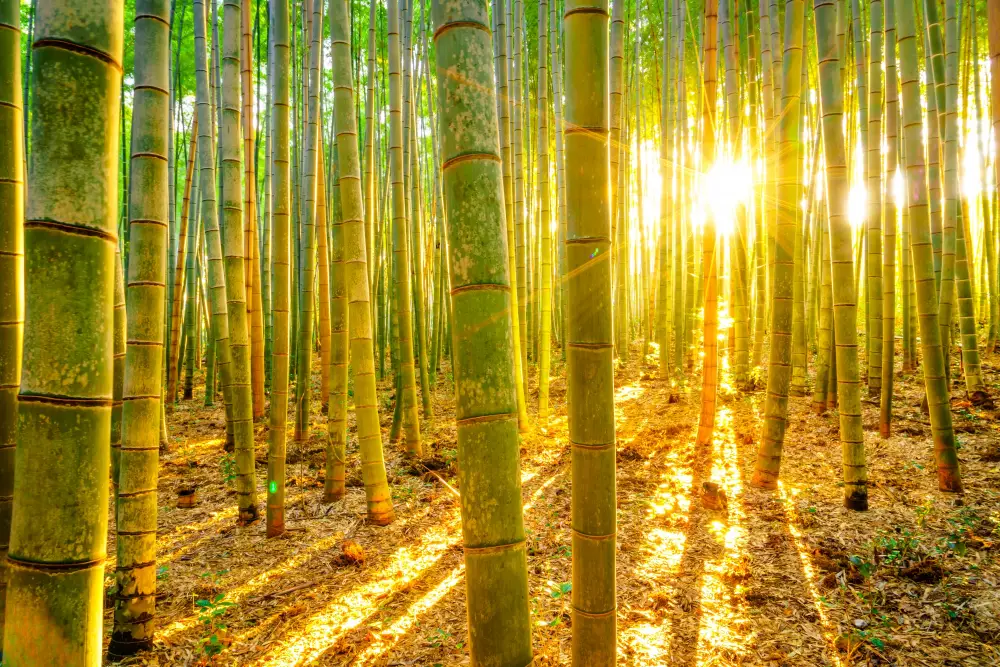
These woods come from responsibly managed forests and have a lower environmental impact than traditional hardwoods. Some of the most popular eco-friendly options include bamboo, reclaimed wood, and FSC-certified woods like maple or cherry.
Bamboo is a fast-growing grass that can be harvested every five years without harming the plant or its surrounding ecosystem. It’s also incredibly durable and has a unique grain pattern that adds character to any kitchen design.
Reclaimed wood is another excellent choice for those who want to reduce their carbon footprint while adding warmth and texture to their cabinets. This type of wood comes from salvaged sources such as old barns, factories or warehouses which would otherwise end up in landfills.
FSC-certified woods are sourced from forests that meet strict sustainability standards set by the Forest Stewardship Council (FSC). By choosing these types of woods over non-certified ones, you can help protect natural habitats while supporting responsible forestry practices.
Sustainability and Environmental Impact
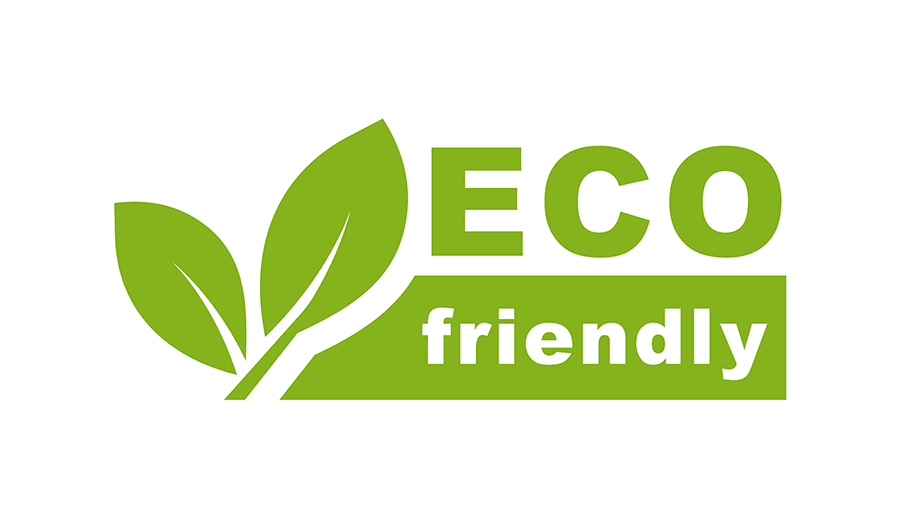
As a homeowner who cares about the environment, you want to ensure that your renovation or building project doesn’t contribute to deforestation or other environmental issues.
Fortunately, there are several eco-friendly wood options available in the market today. These woods come from responsibly managed forests where new trees are planted as old ones are harvested.
Some examples of sustainable woods include bamboo (which grows rapidly), reclaimed lumber (which repurposes old materials), and FSC-certified hardwoods (which meet strict standards for responsible forestry).
By choosing an eco-friendly wood option for your kitchen cabinets, you can reduce your carbon footprint while still enjoying all the benefits of natural wood cabinetry.
When it comes to selecting the best type of wood for kitchen cabinets that cater both style-wise and functionally speaking – homeowners have plenty of options at their disposal.
FAQ
What is the most popular wood for cabinets right now?
The most popular wood for cabinets right now is Red Oak, due to its strength, durability, affordability, and availability in various styles and finishes.
What is the most durable material for kitchen cabinets?
The most durable material for kitchen cabinets is solid hardwood, with popular choices being cherry and maple.
What is the most expensive wood for kitchen cabinets?
The most expensive wood for kitchen cabinets is maple.
Is MDF or hardwood better for cabinets?
MDF is better for cabinets due to its density, smoother finish with no grain, and suitability for painted doors and high-speed CNC cutting tools.
How do different wood species affect the overall style and appearance of kitchen cabinets?
Different wood species impact kitchen cabinets’ style and appearance by offering distinct colors, grain patterns, and levels of durability, creating a variety in aesthetics and functionality.
What are the pros and cons of using solid wood versus engineered wood for kitchen cabinets?
Solid wood offers better durability, whereas engineered wood provides cost-effectiveness and resistance to moisture.
How can sustainable and eco-friendly wood options be incorporated into kitchen cabinet designs?
Incorporate sustainable and eco-friendly wood options into kitchen cabinet designs by utilizing reclaimed wood, bamboo, or Forest Stewardship Council-certified materials.




